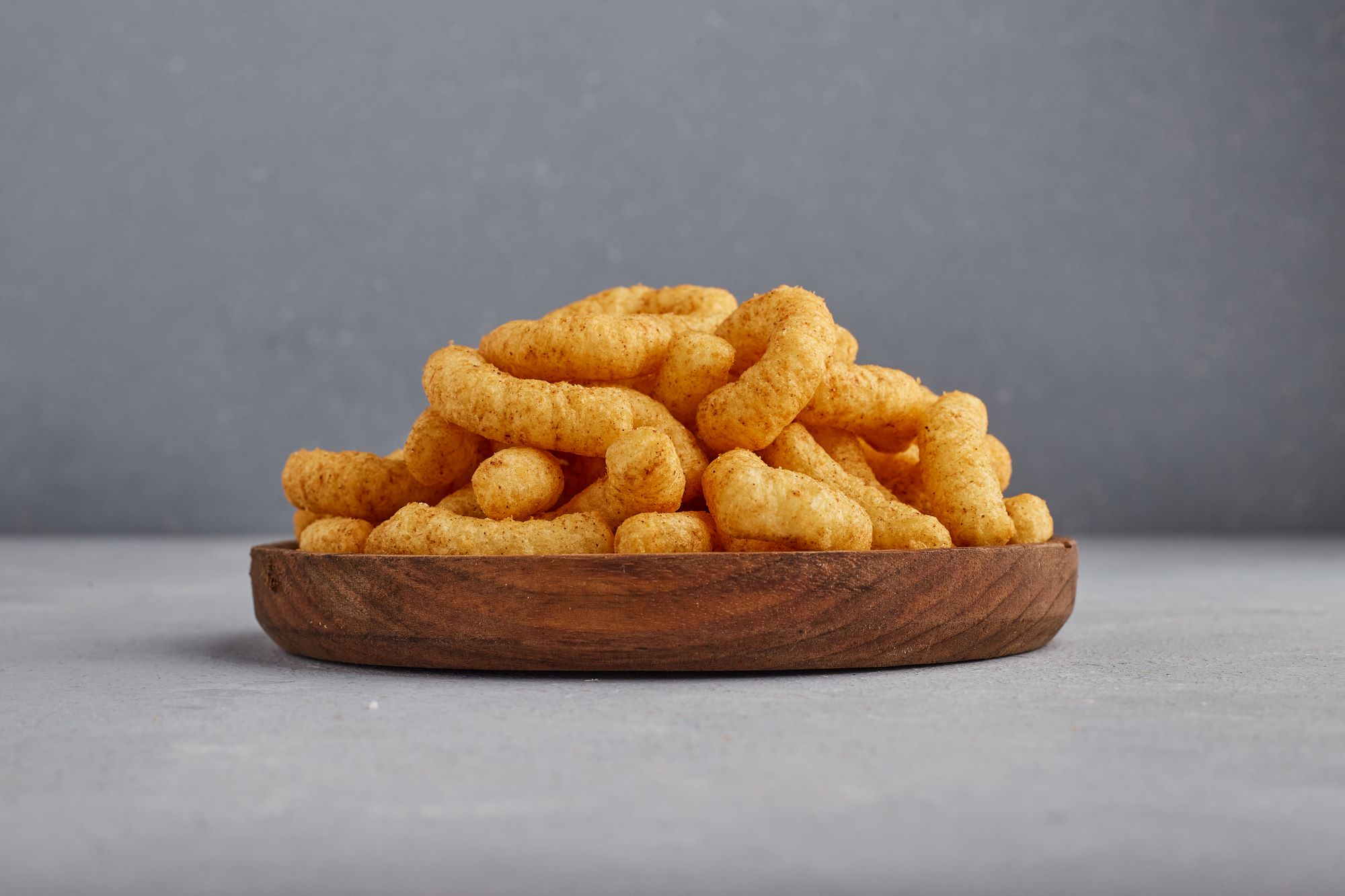Market Overview
The rise of vegan and vegetarian food around the world is driven by the surge of consumers adapting to the flexitarian lifestyle. The flexitarian consumers make up 42% of the global market7, who wish to improve the nutrient density of their diet, although they may still consume meat occasionally. The more recent growth in the plant-based meat segment is aligned with the interest in plant-based diet as a healthier dietary pattern3.
The Selection of Plant Protein Sources
Soy flour, soy protein concentrate, and soy protein isolate are commonly used to formulate meat-analogues10. Soy protein is a complete protein as it contains all essential amino acids with good gel-like properties and water holding capacity that are suitable for plant-based products, including plant-based burger patties, minced meat and sausages that mimic real meat products3,11.
Another common plant protein which is used during the meat alternative application is wheat gluten. It has the natural capacity to form thin protein films, and transform the meat analogue dough into a fibrous material which resembles the real meat texture5,9. Apart from being used as a structuring agent, wheat gluten is also able to function as a binding agent in meat analogue11.
Legume proteins from pea, lentil, lupine, chickpea, faba-bean, mung bean have exhibit advantages including emulsification and gel formation that crucial for shaping plant-based meat texture1,2,6,8,12. Among the types of protein which are suitable to be used to meat alternatives, pea protein has gained a lot of attention as it can be functionally used to bind water and fat, and create a firm texture after the thermal processing13.
Conclusion,
Creating plant-based meat that is able to mimic meat from a nutritional and textural aspect can increase people’s willingness to substitute (part of) their meat consumption10. The structural organization of plant-based meat is reliant on protein properties, in particular, the ability to retain liquids, gelation and solubilizing capabilities4. Therefore, choosing a suitable protein source remains one of the key aspects for plant-based meat alternative productions. At DPO, we are honoured to partner with Beneo and Sinoglory to bring you a wide range of ingredient choices that will elevate the quality of your plant-based meat products.
References
1Brishti, F. H., Zarei, M., Muhammad, S. K. S., Ismail-Fitry, M. R., Shukri, R., Saari N. (2017). Evaluation of the functional properties of mung bean protein isolate for development of textured vegetable protein. International Food Research Journal, 24(4), 1595-1605.
2Cui, L., Bandillo, N., Wang, Y., Ohm, J., Chen, B., & Rao, J. (2020). Functionality and structure of yellow pea protein isolate as affected by cultivars and extraction pH. Food Hydrocolloids, 108, 106008. https://doi.org/10.1016/j.foodhyd.2020.106008
3Curtain, F., & Grafenauer, S. (2019). Plant-Based Meat Substitutes in the Flexitarian Age: An Audit of Products on Supermarket Shelves. Nutrients, 11, 2603. https://doi.org/10.3390/nu11112603
4Dekkers, B. L., Boom, R. M., & van der Goot, A. J. (2018). Structuring processes for meat analogues. Trends in Food Science Technology, 81, 25–36
5Dekkers, B., Emin, M., Boom, R., & van der Goot, A. (2018). The phase properties of soy protein and wheat gluten in a blend for fibrous structure formation. Food Hydrocolloids, 79, 273-281. https://doi.org/10.1016/j.foodhyd.2017.12.033
6Du, M., Xie, J., Gong, B., Xu, X., Tang, W., & Li, X. et al. (2018). Extraction, physicochemical characteristics and functional properties of Mung bean protein. Food Hydrocolloids, 76, 131-140. https://doi.org/10.1016/j.foodhyd.2017.01.003
7Euromonitor International. (2021). White Papers: Going Plant-Based: The Rise of Vegan and Vegetarian Food.
8Gumus, C., Decker, E., & McClements, D. (2017). Formation and Stability of ω-3 Oil Emulsion-Based Delivery Systems Using Plant Proteins as Emulsifiers: Lentil, Pea, and Faba Bean Proteins. Food Biophysics, 12(2), 186-197. https://doi.org/10.1007/s11483-017-9475-6
9Krintiras, G., Göbel, J., van der Goot, A., & Stefanidis, G. (2015). Production of structured soy-based meat analogues using simple shear and heat in a Couette Cell. Journal Of Food Engineering, 160, 34-41. https://doi.org/10.1016/j.jfoodeng.2015.02.015
10Kyriakopoulou, K., Dekkers, B., & van der Goot, A. (2019). Plant-Based Meat Analogues. Sustainable Meat Production And Processing, 103-126. https://doi.org/10.1016/b978-0-12-814874-7.00006-7
11Kyriakopoulou, K., Keppler, J., & van der Goot, A. (2021). Functionality of Ingredients and Additives in Plant-Based Meat Analogues. Foods, 10(3), 600. https://doi.org/10.3390/foods10030600
12Ladjal-Ettoumi, Y., Boudries, H., Chibane, M., & Romero, A. (2015). Pea, Chickpea and Lentil Protein Isolates: Physicochemical Characterization and Emulsifying Properties. Food Biophysics, 11(1), 43-51. https://doi.org/10.1007/s11483-015-9411-6
13Nadathur, S. R., Wanasundara, J. P. D., & Scanlin, L. (2016). Sustainable Protein Sources. Cambridge, Massachusetts: Academic Press.







